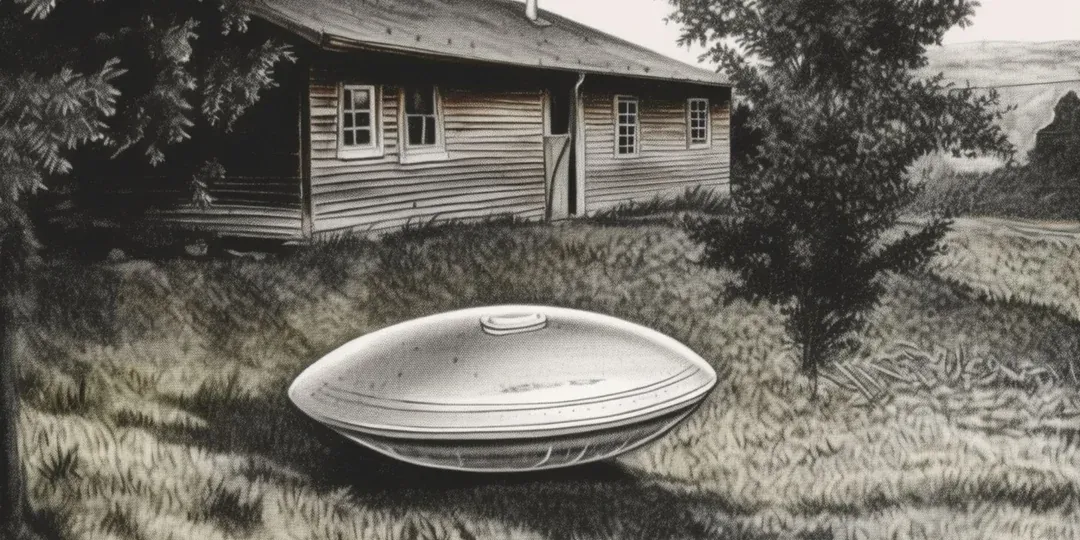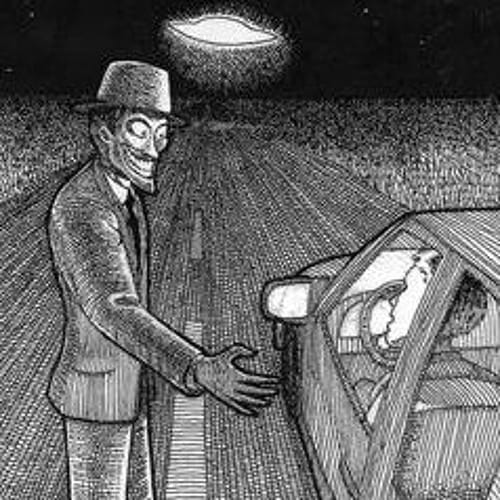Trans-en-Provence Landing Trace (1981, France)

Overview
On January 8, 1981, a farmer near Trans-en-Provence reported a disc-like object that briefly landed on a terraced plot and shot away. French gendarmes arrived the next day, collected soil and plant samples, and forwarded them to CNES’s UFO office (then GEPAN) for multi-lab analysis. GEPAN’s official report documents soil compaction, traces of iron and phosphates, modest heating under 600 °C, and distance-graded biochemical changes in alfalfa leaves. GEIPAN
Timeline
- Jan 8, 1981 — ~5:00 pm: Witness hears a whistle, sees a gray, saucer-shaped object land for seconds then depart vertically. A circular ground mark ~2 m across is noted. GEIPAN
- Jan 9: Gendarmerie documents the site, photographs the trace, and takes soil and vegetation samples. GEIPAN+1
- Feb 17: GEPAN team revisits, confirms trace still visible, and takes a second, radial series of soil and plant samples for lab work. GEIPAN
- Mar 1, 1983: GEPAN publishes Note Technique 16, summarizing the investigation and lab findings. GEIPAN
- 1997: A scientific workshop review in the Pocantico proceedings recaps the case in English and notes a single-witness weakness. ResearchGate
Primary sources
- GEIPAN case file hub with all PDFs: summary, photos, soil and plant lab reports. GEIPAN
- Note Technique 16 — “Analyse d’une trace” (67-page investigation report). GEIPAN
- INRA biochemical analyses on vegetation samples. GEIPAN
- Site photos from the official file. GEIPAN
- Pocantico workshop summary of methods and findings in English. ResearchGate
Claims and counterclaims
Claim: Soil compression and chemical residues indicate a heavy object briefly contacted the ground and heated it.
Counter: The Pocantico review suggests comparable traces can result from mundane equipment and urges control experiments to separate hoax or farm gear from genuine events. ResearchGate
Claim: Plant biochemistry degraded with distance from the trace, implying exposure to an intense field or energy source.
Counter: Lab work shows changes, but mechanisms are not identified. Critics argue contamination, environment, or sampling latency could explain gradients without requiring a craft. GEIPAN
Claim: Official handling and multi-lab involvement make this a model scientific case.
Counter: A skeptical audit of French UFO studies faults GEPAN for not fully chasing prosaic hypotheses here — including the possibility that some “trace” patterns resembled tire marks. Skeptical Inquirer
Credibility meter
Score each 1 to 5.
- Witnesses: 2
Single primary witness, no independent on-scene observers. ResearchGate - Physical evidence: 3
Real samples and measurements exist, but no recovered material, and causation is contested. GEIPAN - Documentation: 5
Full official report, photos, lab PDFs, and later technical reviews. ResearchGate+3GEIPAN+3GEIPAN+3 - Expert review: 3
Strong official work plus later critiques that highlight limits and alternative causes. ResearchGate+1
Overall: ~3.25 (exceptionally documented, interpretation disputed)
Red flags
- Single-witness case limits cross-validation. ResearchGate
- Sampling started a day later for some materials and weeks later for others, which complicates contamination and weathering questions. GEIPAN
What we know
- Gendarmes and GEPAN handled the site, collected samples, and produced a formal report with multi-lab analyses. Core findings: soil compaction, modest heating, residues of iron and phosphates, and distance-graded plant stress. GEIPAN
Unknowns
- The energy source that could produce the observed plant and soil effects without higher heat signatures.
- Whether trace morphology and residues are uniquely consistent with a landing, or reproducible with known farm equipment and paints/coatings. ResearchGate
What If…?
Non-human craft hypotheses, framed as testable ideas
- Field-effect landing: A compact vehicle uses high-intensity electric fields for soft touchdown. Prediction: measurable dielectric changes in soil minerals without calcite phase shifts, plus plant membrane damage patterns that match pulsed EM exposure more than simple heat.
- Cold plasma lift: A boundary-layer plasma sheath provides lift and control at low altitude, leaving mild thermal footprints but strong ion chemistry imprinted in topsoil and leaf pigments. Prediction: specific ion species and polymer traces consistent with excited air chemistry rather than combustion byproducts.
- Micro-thruster abrasion: Short lateral “skids” during liftoff produce thin iron-rich striations and light paint transfer, matching the “ripage” marks in the ring. Prediction: nanoscale abrasion tracks with directional micro-striations aligned to departure vectors.
These are speculative. They give you concrete lab signatures future teams could try to falsify in controlled replicas.
Where to dig next
- Replicate the trace: Create blind control experiments with known loads, heat sources under 600 °C, EM exposure, and painted metal scrapes on similar soil. Publish spectra and microscopy vs the 1981 signatures. ResearchGate
- Re-analyze samples if any remain: If archival material exists, run modern GC-MS and SEM-EDS, plus dielectric spectroscopy on soil and chlorophyll metabolite profiling on vegetation.
- Geomapping: Reconstruct exact terrace geometry from file photos and diagrams to model pressure and skid vectors against the ring marks. GEIPAN+1
Receipts
- GEIPAN case page with summary and all attached documents. GEIPAN
- Note Technique 16 — full GEPAN investigation. GEIPAN
- INRA biochemical analysis extract. GEIPAN
- Official site photos. GEIPAN
- Pocantico proceedings overview and critique context. ResearchGate
- Skeptical Inquirer audit of French official studies, incl. Trans-en-Provence critique. Skeptical Inquirer



Comments ()